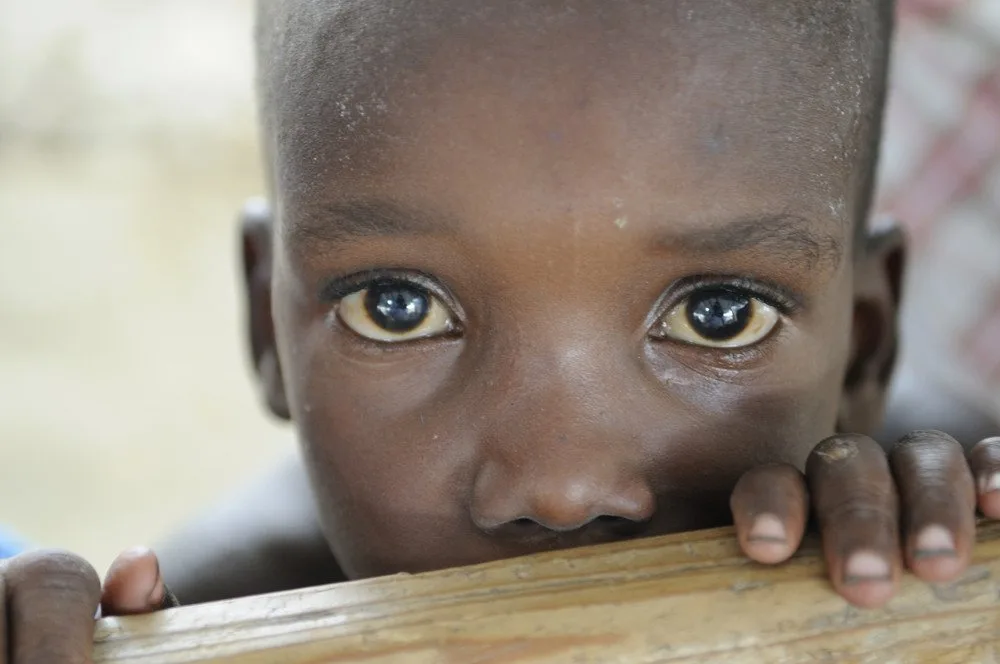A new study has revealed higher numbers of children suffering from malnutrition, stunting and wasting are found in poorer households in East and Southern Africa. This whilst more overweight children live in the richest homes.
How to tackle the spectre of malnutrition in an age of obesity
Researchers are now calling for an integrated approach in the region to tackling the ‘double burden’ of child malnutrition – the coexistence of child over nutrition (overweight and obesity) alongside undernutrition (stunting and wasting).
The phenomenon in East and Southern Africa is the reverse of highly developed countries, where a higher prevalence of overweight and obesity in children is typically found in lower socioeconomic groups.
Research findings
Publishing their findings in PLOS Global Public Health, a group of researchers has uncovered the magnitude of socioeconomic and urban-rural inequalities in the population-level double burden of malnutrition among under-fives in the region.
Co-author Semira Manaseki-Holland, from the University of Birmingham, commented: “The presence of a double burden of malnutrition reflects the region’s ongoing challenges with poverty, food insecurity, infectious diseases, droughts, floods, and conflict as well as the presence of the obesogenic environment driven by globalization and rapid urbanization.”
“Our findings re-emphasise the need for an integrated approach to tackling the population-level double burden, with policy makers targeting specific populations that are vulnerable to child malnutrition, to avoid further widening of socioeconomic and urban-rural inequalities.”
Malnutrition in Africa
Researchers focussed on malnutrition in 13 out of 17 priority countries, as defined by the World Health Organisation – Comoros, Eswatini, Kenya, Lesotho, Malawi, Mozambique, Namibia, Rwanda, South Africa, Tanzania, Uganda, Zambia, and Zimbabwe.
Stunting prevalence ranged from 22.3% in Namibia to 42.8% in Mozambique, whilst wasting prevalence varied from 2.3% in Rwanda to 11.7% in Comoros. Overweight prevalence (including obesity) ranged from 3.7% in Tanzania to 13.5% in South Africa.
Co-author Rishi Caleyachetty, from the University of Warwick, commented: “Addressing these inequalities relating to the ‘double burden’ in this region requires strategies that address why certain subgroups became more exposed to these nutrition problems. Equally, it is vital to avoid strategies that solve one nutrition problem while worsening another.”
Energy-dense foods lacking vital micro-nutrients
Researchers cite inadvertently promoting obesity by endorsing high consumption of energy-dense, but not necessarily micronutrient-rich foods as an example of such unintended consequences. They recommend that beneficiaries of supplementary food programs should not be selected solely on socioeconomic status, but on nutritional assessment and monitored for changing needs and true effectiveness.
With slow progress to tackle child undernutrition in Africa, the global health community has simultaneously seen a rapid rise in child overweight and obesity. The African region has the highest burden of childhood stunting and one of the highest burdens of childhood obesity in Africa.
The bottom line on child malnutrition in Africa
Importantly, the region is off track to achieving UN Sustainable Development Goal 2 aim to end all forms of hunger and malnutrition by 2030. The WHO considers the double burden of child malnutrition a major global health challenge for African countries – particularly in East and Southern Africa.
“The aftermath of the COVID-19 pandemic, surging oil and food prices are likely to be a time of worsening socioeconomic conditions and reduced public spending,” added Semira Manaseki-Holland. “Policymakers seeking to address the double burden of malnutrition need to make careful decisions regarding the targeting of limited resources.”
About the University of Birmingham
-
The University of Birmingham is ranked amongst the world’s top 100 institutions, its work brings people from across the world to Birmingham, including researchers and teachers and more than 8,000 international students from over 150 countries.
-
Socioeconomic and urban-rural inequalities in the population-level double burden of child malnutrition in the East and Southern African Region – Rishi Caleyachetty, Niraj S.Kumar, Hana Bekele, and Semira Manaseki-Holland is published by PLOS Global Public Health.
-
Participating institutions include University of Birmingham, University of Warwick, University College London, and World Health Organization.





![women [longevity live]](https://longevitylive.com/wp-content/uploads/2020/01/photo-of-women-walking-down-the-street-1116984-100x100.jpg)









